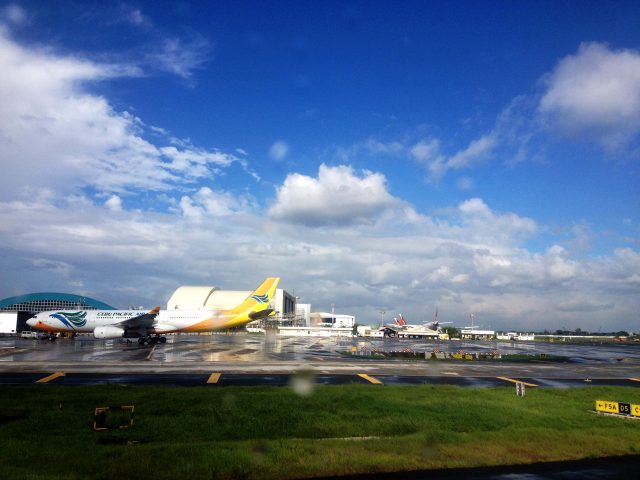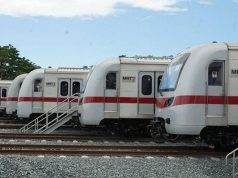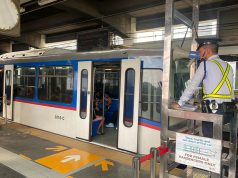MANILA – The Department of Transportation (DOTr) will review the unsolicited proposal of Megawide Corp. and its partner India-based GMR Infrastructure Ltd. on the rehabilitation and expansion of the Ninoy Aquino International Airport (NAIA).
The USD3-billion proposal involves the improvement of the landside, terminal, and airside facilities for 18 years to decongest the international airport.
“We will abide by the process. We will evaluate it first,” DOTr Public Information Office Director Goddess Hope Libiran said in a text message to the Philippine News Agency (PNA) Friday.
The DOTr and the Manila International Airport Authority (MIAA) will check if the documents and requirements of GMR-Megawide are complete before submission to the National Economic and Development Authority, which would then grant the original proponent status (OPS).
Once the OPS is granted, the proposal would undergo the Swiss Challenge wherein other companies can make competing offers while giving the original proponent the opportunity to match them.
GMR-Megawide’s proposal for the rehabilitation of the NAIA will be divided into three phases:
Phase 1a (Year 1-2): Improving NAIA airside capacity and terminal improvements;
Phase 1b (Year 3-4): Taking NAIA to world-class efficiency standards by introducing key performance measures; and
Phase 1c (Year 5-6): Building future capacity.
Upon takeover, GMR-Megawide would implement various initiatives to improve the capacity of airside infrastructure through construction of full-length parallel taxiways for both runways, as well as additional rapid exit taxiways for the primary runway; extension of the secondary runway and provision of the maximum number of aircraft stands.
Within 24 months of taking over operations, the consortium will also rehabilitate and expand the existing terminals, which will roughly double the space and result in more than 700,000 sq. meters of terminal area.
“At this stage of the proposal, our focus is to further improve passenger experience. We want to deliver an optimum level of service that adheres to standards set by the International Air Transport Association. These are the standards maintained at world-class airports,” Andrew Harrison, GMR-Megawide chief executive advisor, said in a statement.
GMR-Megawide believes that its initiatives would increase airfield capacity to 950-1,000 aircraft movements/day, a 30-35 percent increase from the current approximate of 730 aircraft movements/day. For peak hours, the consortium would increase NAIA’s peak hour aircraft handling capacity by 50 percent from 40 to 60.
This would enable both the airside facilities and terminals to handle a total annual throughput of 72 million passengers.
Throughout the 18-year concession period, GMR-Megawide would pay the government annual concession fares, which entails a revenue share with a guaranteed minimum reserve component; the proposal would not entail any subsidy, equity or guarantee from the government or any concerned entity, such as the DOTr, and all assets would be turned over to the government at no cost at the end of the concession period.
GMR-Megawide’s proposal provides a lower project cost and shorter concession period compared to that of the NAIA Consortium, which earmarked PHP350 billion and set a 35-year project concession.
The NAIA Consortium consists of seven companies — Aboitiz InfraCapital, Inc., AC Infrastructure Holdings Corp., Alliance Global Group Inc., AEDC, Filinvest Development Corp., JG Summit Holdings, Inc., and Metro Pacific Investments Corp.
While the NAIA Consortium’s proposal provides an option for a third NAIA runway, GMR-Megawide said it is not feasible to set up another runway at the airport.
“It is our belief that the key to unlocking NAIA’s full potential is to optimize the efficiency of the existing airside infrastructure, which will add up to 50 percent more movements for NAIA,” said Harrison.
MIAA said that the NAIA can only accommodate 31 million passengers based on its design capacity, yet at least 42 million passengers actually use their terminals.










